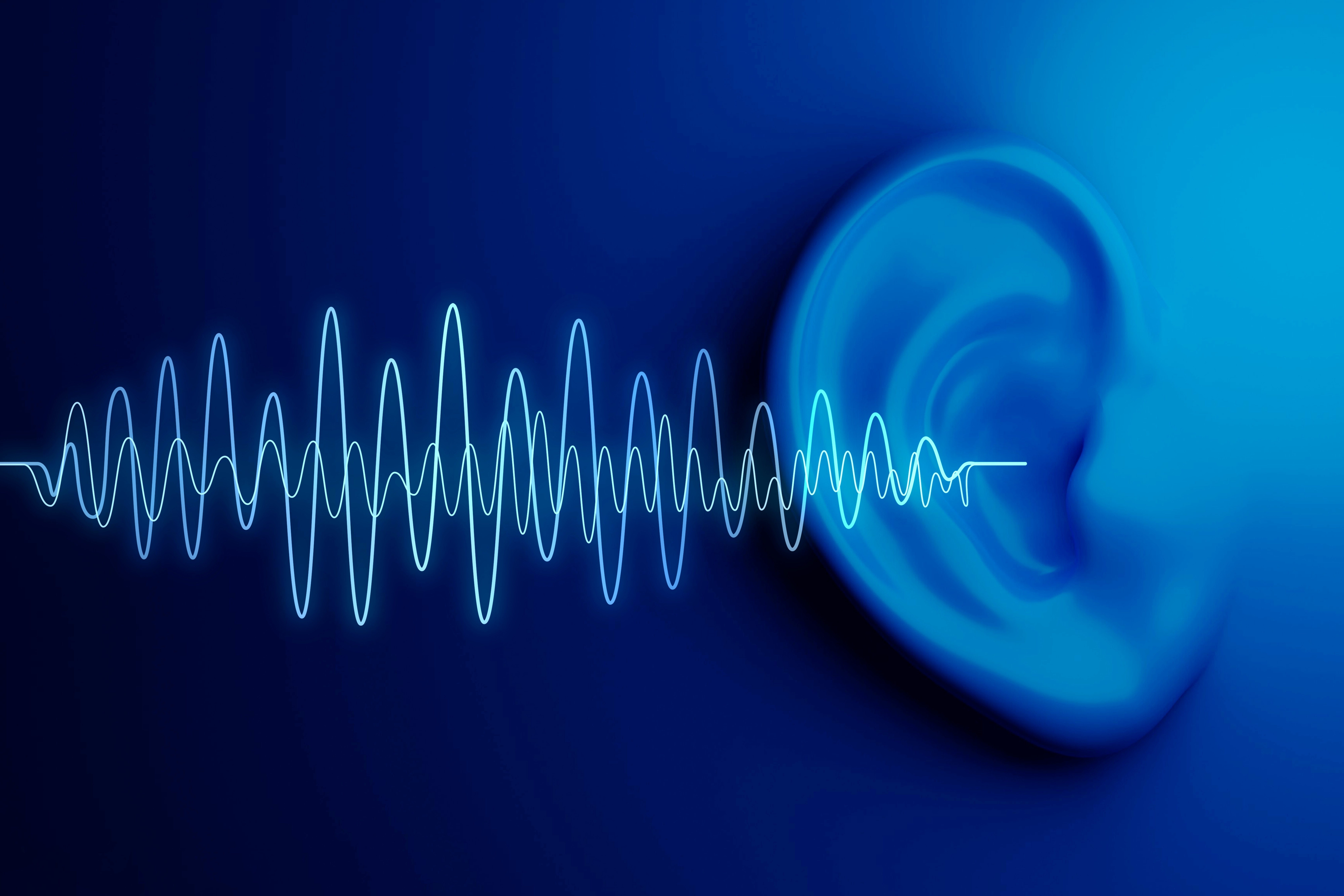
The History of the Cochlear Implant
Prior to the invention of the cochlear implant, it was thought that an opened inner ear could no longer function. In 1956 this changed when Dr. John Shea performed the first stapedectomy with a stapes prothesis in a women with otosclerosis. The procedure was a success.
Early French experiments with the VIII cranial nerve used an electrical stimulating device that were designed to be partially inserted into the cochlea. Frenchmen André Djourno, an electrophysiologist, and Dr. Charles Eyriès, otolaryngologist, were inspired by the idea that electrical stimulation of the ear could produce sound. While performing surgery on the facial nerve of a deafened patient Eyriès, and Djourno noted they had safe access to a small segment of the vestibular nerve of the patient and placed an electrode somewhere in the auditory nerve. Though the cochlea was never mentioned, they were the first to implant an electrode intro-auricularly to stimulate the Auditory nerve.
In 1957 Dr. William House a dentist turned otologist practicing in California remembers a patient bringing him a news clipping about the French experiments. He was already an accomplished medical researcher and was very intrigued. In 1960 Dr. House began collaborating with Dr. John Doyle, a neurosurgeon and his brother Jim Doyle an electronics engineer to test the electrical activity of the surgically exposed 8th nerve.
The first (CI) was implanted by William House and John Doyle in 1961 in California. A few years later in 1964 Blair Simmons and Robert White of Stanford University placed a 6-channel electrode in the cochlea. While Dr. House’s initial device was eventually rejected by the body, he created a long-lasting version and implanted it in 1969.
Dr. House encountered heavy criticism from physicians after publishing his initial results in 1961. They found the procedure crude and felt it could damage the ear. Members of the deaf community were also opposed arguing that deaf people didn’t need to hear to be considered normal. He was accused of being motivated by financial gain.
Despite the criticism, Dr. house persevered and in 1984 the FDA approved the House Cochlear Implant for use in deaf adults, calling it the first device to replace a human sense.
He licensed it to 3M, a reputable manufacturer, and in 1989 3M sold the House Implant to Cochlear Corporation, who later moved on to multi-channel versions.
In a 2012 interview in the Hearing Journal, Dr. House was asked what kept him going, he stated: “When all the criticism was falling on my for trying to make money out o a tragic situation, the thing that kept me going was that patients could hear, and told me how much they appreciated it.”
Today cochlear implants have become much more advanced and since 2019 approximately 118,100 devices implanted in adults and 65,000 in children.
Dr. House passed away December 7th, 2012, and never made any money on the implant. He also never sought a patent on any of his inventions, instead wanting to share the research.
